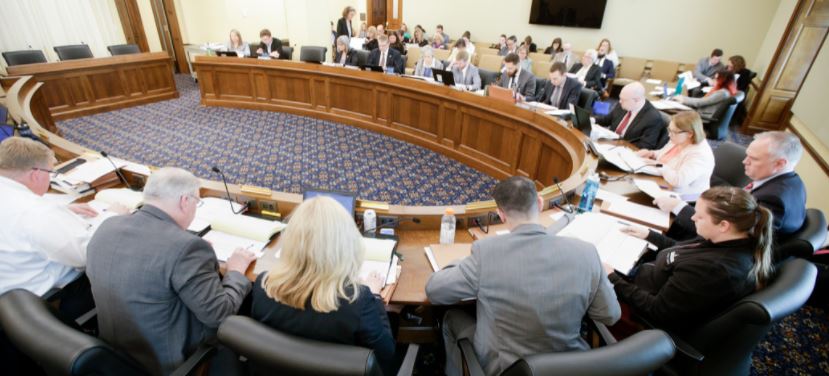MM Curator summary
A new Alzheimer drug could add 7% to the overall Medicaid spending annual bill (not just drugs).
The article below has been highlighted and summarized by our research team. It is provided here for member convenience as part of our Curator service.
A vial and packaging for the drug Aduhelm. A previously announced investigation into Aduhelm, an expensive and unproven therapy, has sparked scrutiny since winning US approval last month.Associated Press
Biogen’s pricey new Alzheimer’s drug could cost Medicaid anywhere from $720 million to nearly $2.2 billion each year depending on the number of patients treated, according to a new analysis.
Aduhelm, which carries a $56,000 price tag, is generating concern over its potential impact on the overall health care system. The Centers for Medicare & Medicaid Services, for instance, is about to begin a process for determining whether Medicare will establish a national coverage policy for the Cambridge biotech’s drug, which is and won regulatory approval last month.
But the path taken toward approval was complicated and controversial, raising concerns about regulatory approval standards and the extent to which patients may actually benefit.
The budget-busting prospects were initially prompted when the Food and Drug Administration approved a so-called broad label, which suggested a large portion of the estimated 6 million Americans who have Alzheimer’s may seek treatment. Earlier this month, though, the FDA narrowed the scope of the label to patients with mild cognitive impairment or mild Alzheimer’s, the only patients studied by Biogen.
The drug maker believes this will lower the potential patient population to 1 million to 2 million people, most of whom are expected to be Medicare beneficiaries, since the Alzheimer’s population is largely age 65 and over. But if 500,000 people were treated with the medicine, Medicare would spend $29 billion annually, according to a recent Kaiser Family Foundation analysis.
But Medicaid ― which offers health insurance for low-income and disabled people ― is expected to spend much less, since about 67,000 beneficiaries used existing Alzheimer’s drugs, according to a new Kaiser analysis. If 25 percent of these beneficiaries switched to Aduhelm, the total cost would be approximately $720 million, with the states spending $230 million and the federal government covering $490 million.
Yet Medicaid would have to open its wallet further if 75 percent of those same beneficiaries switch to Aduhelm. If that were to happen, the cost to the program would be more than $2.1 billion, which is equal to seven percent of current Medicaid net spending. Under this scenario, states would spend $695 million and the federal share would be $1.47 billion.
Looked at another way, average state and federal spending per enrollee would reach $13,800 and $29,200, respectively. These figures, by the way, reflect mandatory 23.1 percent rebates that drug makers must offer Medicaid, although Kaiser acknowledged that costs may drop if higher rebates are paid or if fewer patients are treated.
For instance, the Medicaid and CHIP Payment and Access Commission, an agency that makes policy recommendations concerning Medicaid, recently proposed increasing minimum rebates for medicines approved under the FDA accelerated approval program Kaiser noted the Congressional Budget office assumed a 10 percent increase. Separately, the CBO found rebates for so-called specialty drugs were 29 percent of retail prices. Kaiser also noted that state Medicaid programs may use criteria to stem usage, which would lower the cost per person.
A recent analysis by the Institute for Clinical and Economic Review said that Aduhelm would only have sufficient value if it were priced between $3,000 and $8,400, which represents an 85 percent to 95 percent discount off the $56,000 list price, due to “insufficient” evidence that the drug benefits patients.
The cost concerns are only one aspect of an intensifying controversy over the drug.
Acting FDA commissioner Janet Woodcock has asked the Office of Inspector General at the Department of Health and Human Services to open an independent investigation into the recent approval. Some Congressional lawmakers and Public Citizen, the consumer advocacy group, have also called for the HHS OIG to investigate the events leading to the approval.
Clipped from: https://www.bostonglobe.com/2021/07/27/business/aduhelm-could-be-strain-medicaid/






